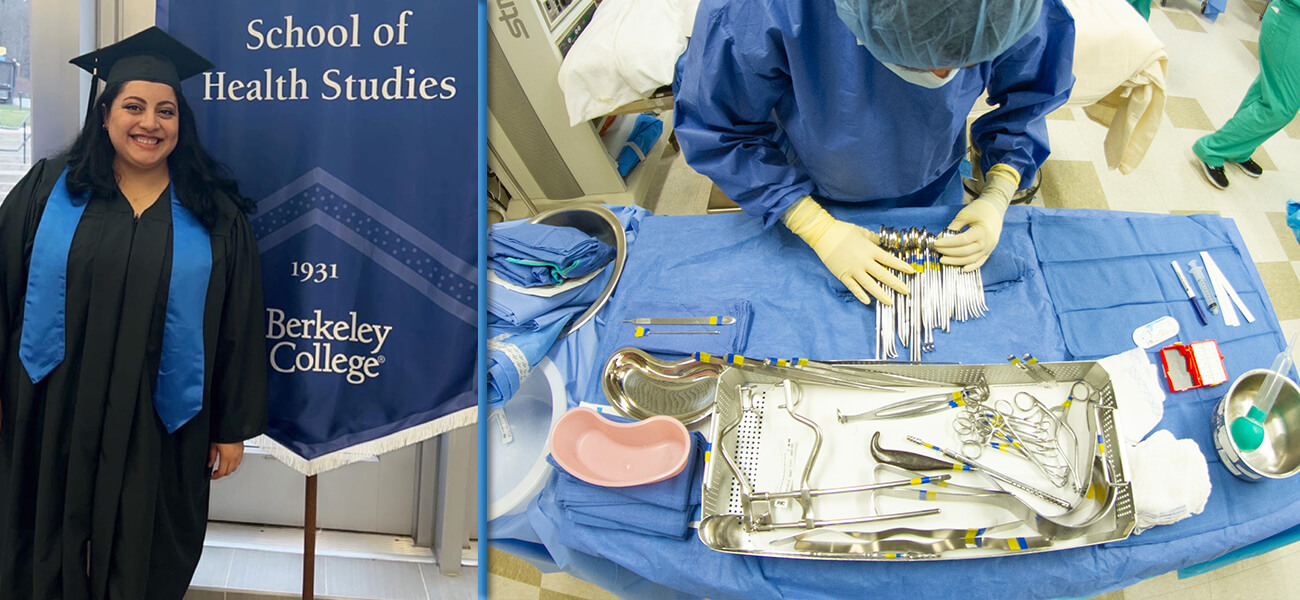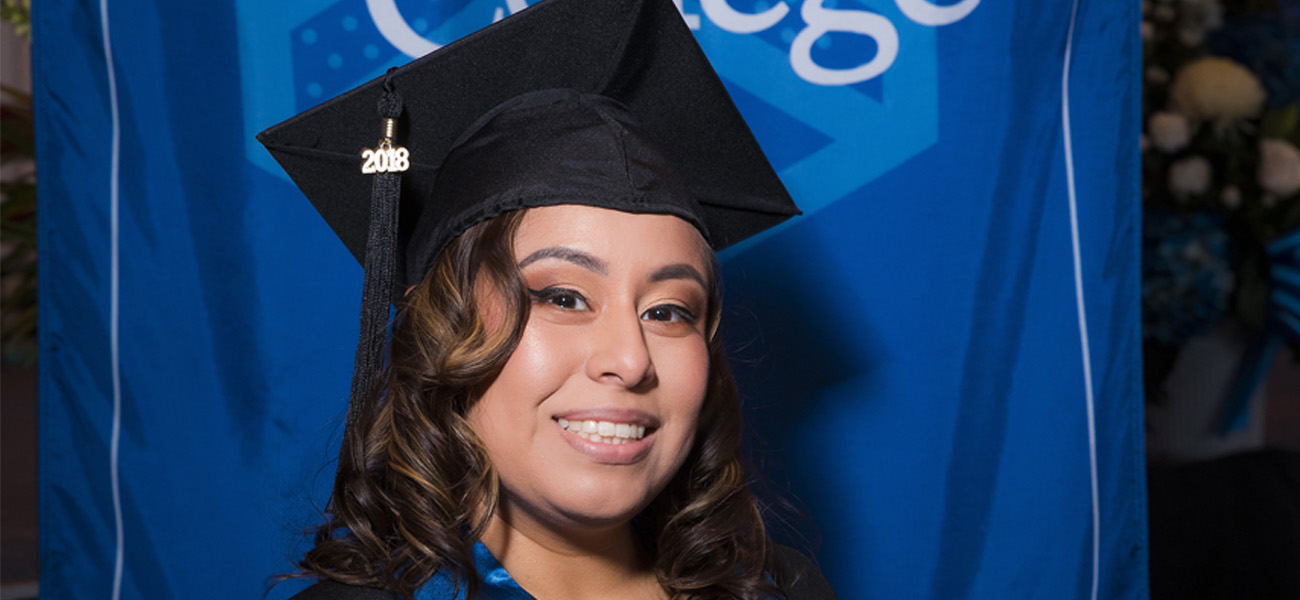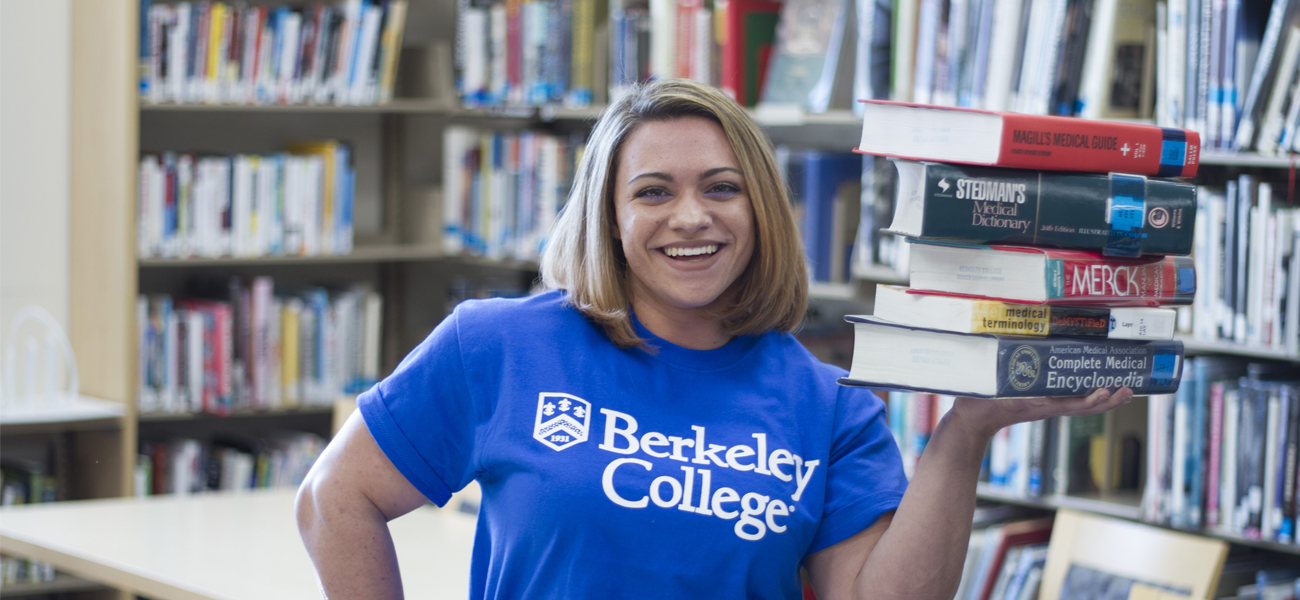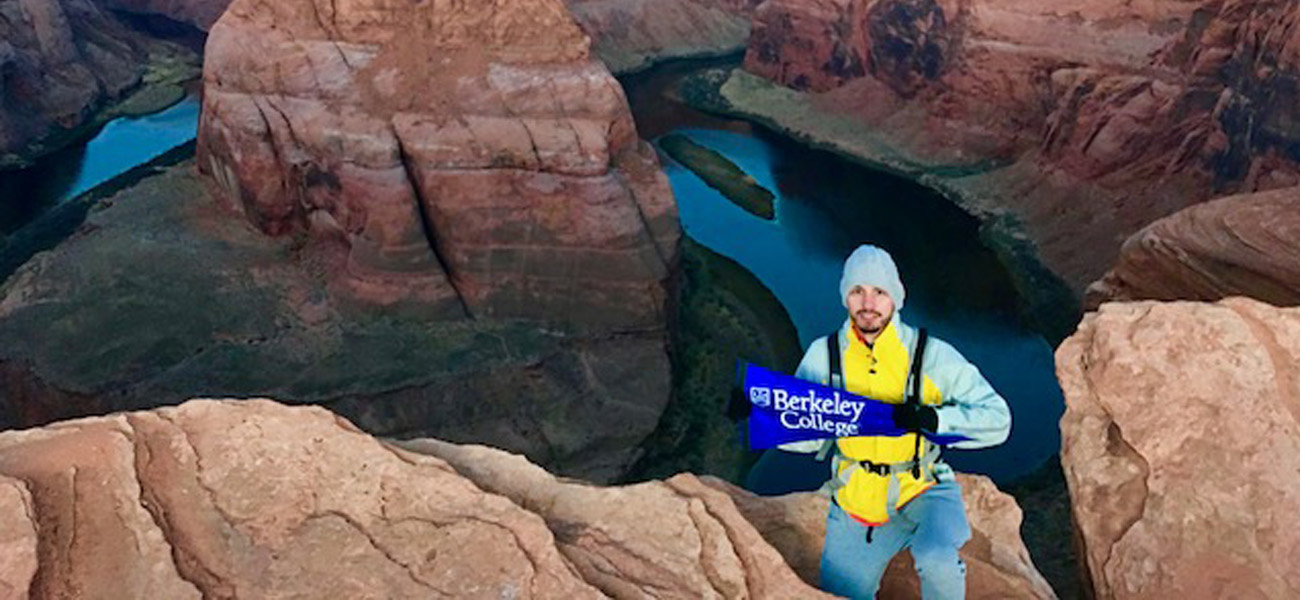Berkeley College Medical Mission: Gaining Experience by Giving Back
The idea that learning does not take place only in a classroom has always been part of the Berkeley College philosophy. Recently, a team of students, alumni, and faculty members traveled 3,000 miles to prove just that.
Teaming up for a great cause
As part of the Berkeley College School of Health Studies’ fifth Medical Mission, the contingent traveled to work at Roberto Gilbert Children’s Hospital in Guayaquil, Ecuador. The group, which included seven Berkeley students, two graduates, and four faculty members, worked in partnership with Healing the Children New Jersey (HTCNJ) over the course of six days, volunteering their time and skills. Three surgical teams made up of surgeons, anesthesiologists, nurses, and other medical staff, performed 34 surgical procedures on patients that ranged from four months to 18 years of age.
Experienced teams, sharing knowledge
Professor Joseph Charleman, CST, CSFA, CRCST, LPN, Chair of the Surgical Technology and Surgical Processing Technician programs at Berkeley was Co-Trip Administrator and supervised the Berkeley students along with Professor Eva Skuka, Dean of the Berkeley College School of Health Studies. Professor Charleman has participated in numerous medical missions over the past ten years, putting together the teams and coordinating the complicated logistics involved.
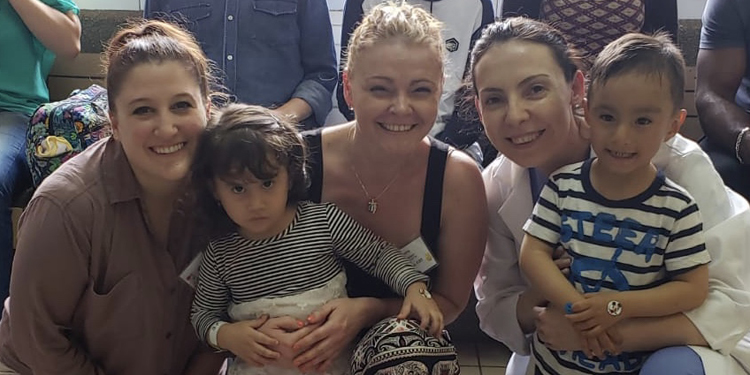
“It’s a great service learning opportunity for students and a great way to give back,” said Professor Charleman. “The first medical mission for Berkeley involved a single student. It’s continued to expand each year to involve more participants and more complex procedures. This was our fourth trip to Ecuador and we’ve also been to Peru.”
A complex endeavor
The team brings all necessary supplies, including surgical and anesthesia supplies, drugs, and more—most of which is processed and packed at the Woodland Park campus. Berkeley students were involved in all procedures, which involved correcting pediatric urological problems, congenital defects, and other conditions for patients, many of who traveled hours to seek treatment. Surgical Processing Technician students sterilized and processed all instruments in the central supply area, Surgical Technology students assisted in the operating rooms, and Nursing students worked in the recovery area.
Exposure to a different world
 “The conditions in Ecuador were eye-opening for many of the students,” continued Professor Charleman. “Families of patients often sleep at the hospital—women are allowed to sleep indoors on the floor, while men slept outdoors in the parking lot. Supplies are not always available and typically, only the very wealthy are able to afford the surgery.”
“The conditions in Ecuador were eye-opening for many of the students,” continued Professor Charleman. “Families of patients often sleep at the hospital—women are allowed to sleep indoors on the floor, while men slept outdoors in the parking lot. Supplies are not always available and typically, only the very wealthy are able to afford the surgery.”
An emotional experience
Jennifer Ruesta, CST, a Berkeley graduate, found the experience to be very rewarding—and emotional. “I realized there were patients that had traveled so far just to learn if they were eligible to have a procedure done for their child. I was in an 11-hour case which was a bladder augmentation. Most procedures lasted over two hours.”
Jennifer was happy to participate in the medical mission now that she is a working Surgical Technologist. “I had heard about the medical missions before, but with three children and no passport, I had never been able. I told Professor Charleman that I would love to go one day.”
“We would wake up at 5:00 AM and take the bus to the hospital,” Jennifer recalled. “As a Surgical Technologist, I was part of one of three operating room teams. It was helpful that I speak Spanish, as I did my best to comfort the patients and their families, assuring that we would do everything we could to help them.”
Like many others on the mission, it’s an experience Jennifer will not soon forget. “The smiles on the kids’ faces were priceless. It was amazing and I would do it again any time,” she said. “We changed lives that week, some of us still keep in contact with some of the kids.”
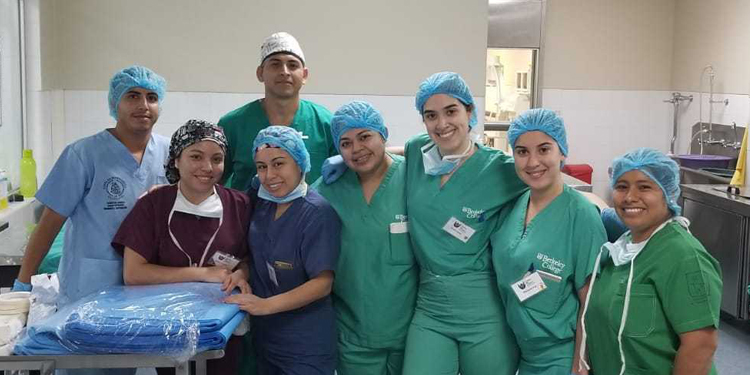
Life-changing memories
Stephanie Inoa, who will graduate from Berkeley this May after completing the Surgical Technology program, agreed. She has dreamed about entering the healthcare field since she was a little girl. “My experience in Ecuador was awesome! I was fortunate to have been chosen to be part of the medical mission and I’m thankful for the opportunity,” she said. “I learned that we should be very grateful for things we have. Seeking medical help in Ecuador can be very challenging. Every child that I was able to help will always hold a special place in my heart. It was definitely life-changing.”
World-class professionals working to make a difference
The surgical teams included surgeons from Columbia Presbyterian, Englewood, and St. Joseph’s Hospitals, along with anesthesiologists from Englewood and Good Samaritan Hospitals, and nurses from Holy Name Hospital.
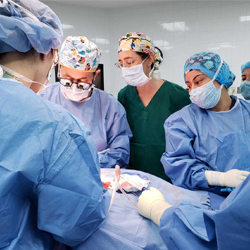 “It’s an excellent opportunity for our students to work with some very talented medical professionals in an intense setting,” added Professor Charleman.
“It’s an excellent opportunity for our students to work with some very talented medical professionals in an intense setting,” added Professor Charleman.
All participants volunteered their time for the medical mission to assist Healing the Children New Jersey, a nonprofit organization that provides free, life-changing medical treatment and services to disadvantaged children around the world who would otherwise go untreated. Since 1981, HTCNJ has helped over 37,000 children worldwide.
Thinking back, looking ahead
“Ecuador is a beautiful country of hard-working people trying to survive in a land where the economic situation is not good,” Professor Charleman pointed out. “The local people were very welcoming and appreciative of all our help. Overall, it was a great experience for everyone involved, especially the students. We’re already looking forward to next year’s medical mission.”
Medical Mission on Tiempo
The Berkeley College Medical Mission was recently featured on Tiempo, WABC's long-running Hispanic-centric current affairs program. To view the video segment that features Professor Joe Charleman and Berkeley students who participated in the mission, see below.
To enable closed captioning, click on the “Settings” icon, caption, and select “Captions.”
The views and/or opinions in this article are those of the individuals interviewed. The academic achievements and/or employment outcomes described in this article are specific to each individual and are not a guarantee of similar results for past or current students. For up-to-date and detailed information, please visit BerkeleyCollege.edu and view our catalogs at BerkeleyCollege.edu/publications.

